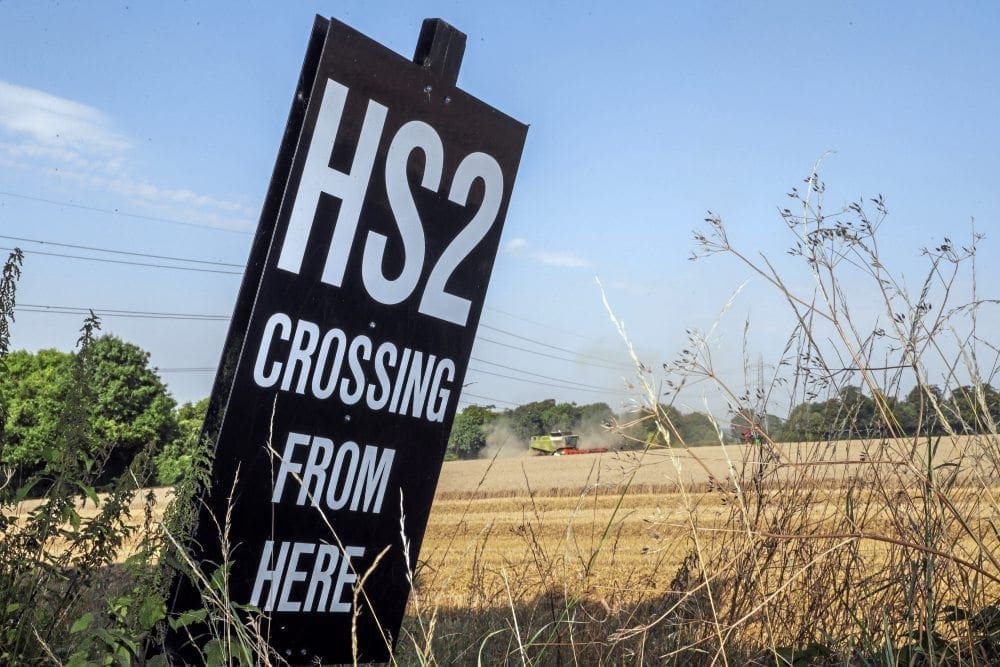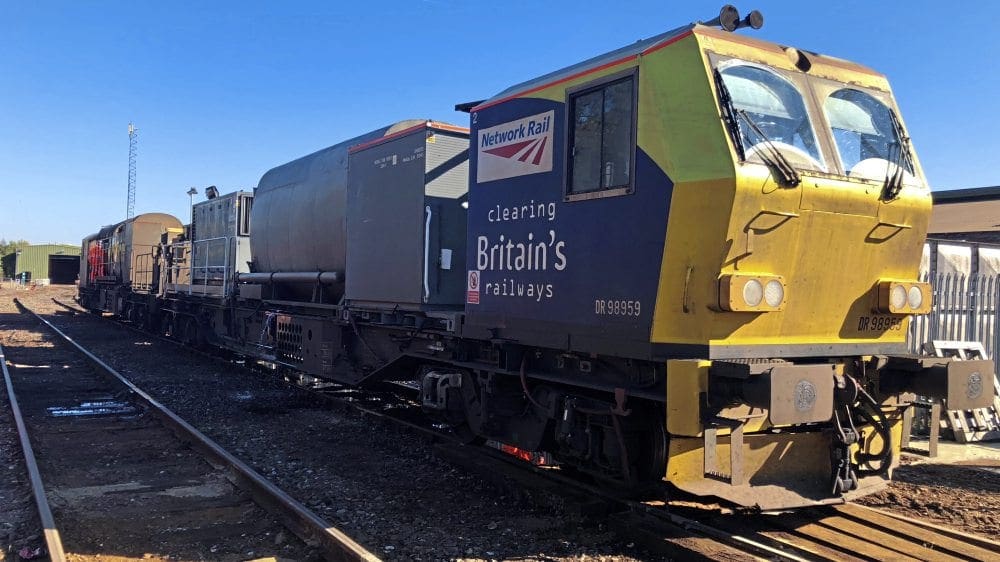
HS2 should be scrapped in favour of upgrading existing rail routes and building new rail links between mainlines, according to a free market think tank.
A report by the Adam Smith Institute argues that alternatives to the high speed railway can deliver increased capacity and reduced journey times for less money.
It warns that HS2 risks being a “massive black hole” for taxpayers and HS2 should be scrapped.
Enjoy more Rail Express Magazine reading every month.
Click here to subscribe & save.
A plan set out by the think tank includes upgrading existing routes through measures such as doubling tracks, re-opening closed lines and redesigning timetables.
It calls for new sections of “conventional high speed” lines to be built between the mainlines and Manchester, Leeds and Birmingham. The report also calls for updating train facilities including wi-fi, seating and charging points.
A review into whether to scrap HS2 was launched by Boris Johnson in August. It is due to be completed this autumn.
The review is led by Douglas Oakervee, a former chairman of HS2 Ltd with Lord Berkeley acting as his deputy.
Recent figures by HS2 Ltd show the railway could delay for up to seven years and run £26 billion over budget, reaching a cost of £88 billion.
Rail consultant Adrian Quine , who wrote the report for the Adam Smith Institute, said: “HS2 has become the most out of control project of our generation. There is no disputing that the UK needs new rail infrastructure but HS2 does not deliver what it claims.
“It is ideologically driven, over engineered and will not solve the problems facing rail travellers today.
“Britain does need new lines in places and does need investment in rail to support the economy and social mobility. So much can be achieved with our existing network rather than applying an HS2 sledgehammer to crack a nut.”
Adam Smith Institute head of research Matthew Lesh said: “HS2 is a massive white elephant. It’s not too late to abandon this project that’s over budget and missing deadlines before it causes more national embarrassment.
“It is broadly accepted that we need to increase capacity on the intercity rail lines. But this can be done without a £106 billion price tag for the taxpayer.
“We can upgrade bottlenecks in existing lines. We can build new lines into major cities like Manchester, Birmingham, and Leeds, and reopen unused lines.
“It’s time to say goodbye to the failed HS2 model and think of innovative, cost-effective solutions to deliver the railway network of the future.”
Speaking for the Connecting Britain campaign, Cllr Judith Blake, Leader of Leeds City Council and West Yorkshire Combined Authority Transport Lead, says: “It is nonsense to suggest that some relatively modest interventions on the existing rail network provides anything close to the capacity and journey times on offer with HS2.
“In my own region, this investment will deliver 50,000 additional jobs. And, an annual £600m boost to the UK economy from better connections between Leeds and Birmingham.”
A spokesperson for the Department for Transport said: “The Secretary of State has established an independent review into HS2, led by Douglas Oakervee with Lord Berkeley as deputy and a panel of advisers. This will provide the department with clear advice on how and whether the project should proceed.”
“We are not going to pre-empt or prejudice this work with a running commentary on the review’s progress.”
Phase 1 of HS2 is planning to run between London and Birmingham.
A second Y-shaped phase will launch in two stages. Phase 2a from the West Midlands to Crewe followed by phase 2b from Crewe to Manchester, and Birmingham to Leeds.
Also see…

Weather conditions can severely impact the day-to-day running of train services, including leaves falling on tracks during autumn.
Autumn leaf fall causes operational problems for the signalling system and reduces trains’ grip. It changes the ability of a train to start, accelerate and climb hills or stop at stations or signals.
When trains pass over these leaves, the heat and weight of the trains bake them into a thin, slippery layer on the rail. It’s said to be the railway’s equivalent of black ice. Click here to see the full story.




